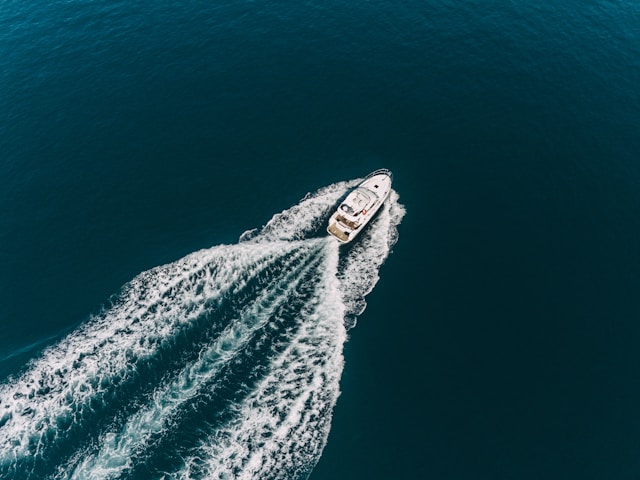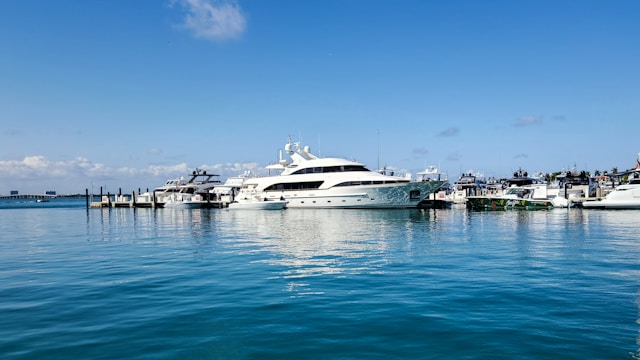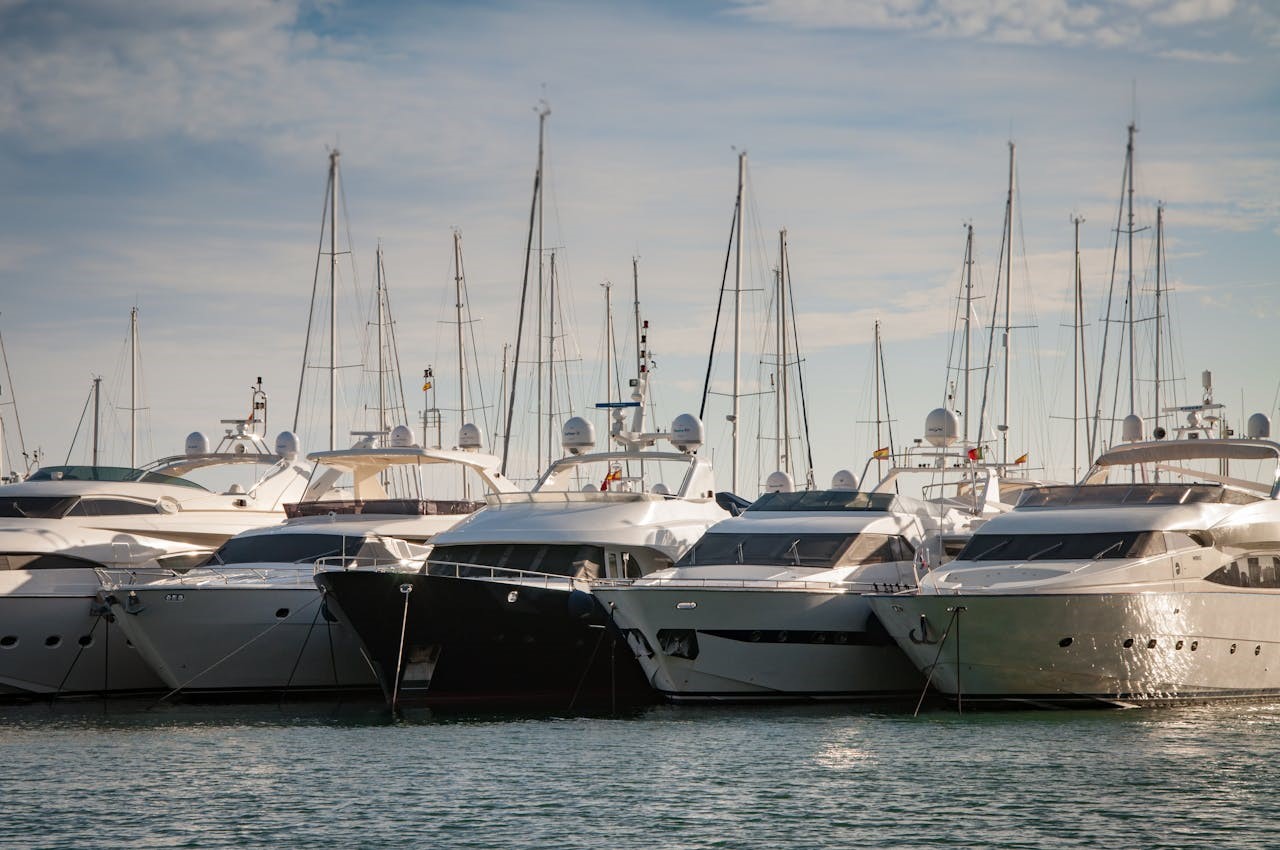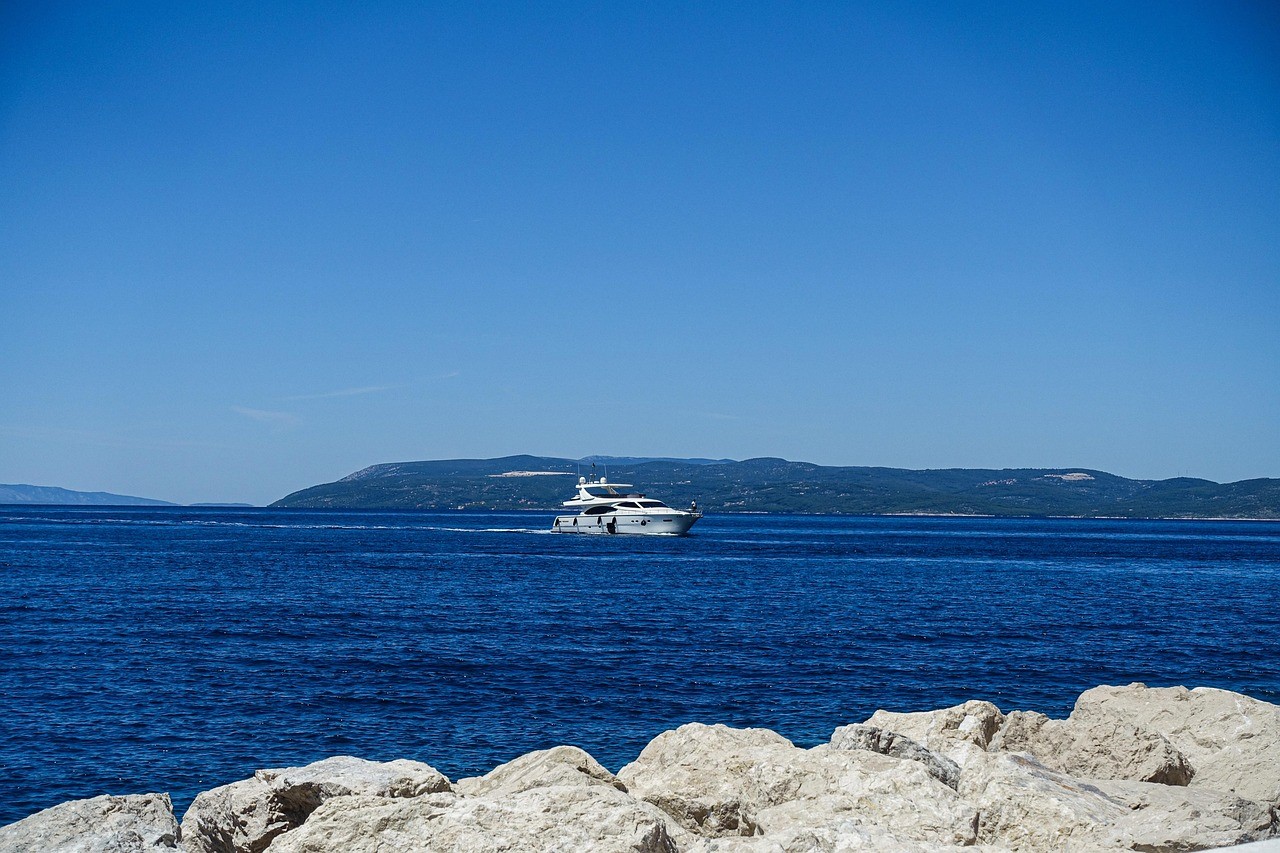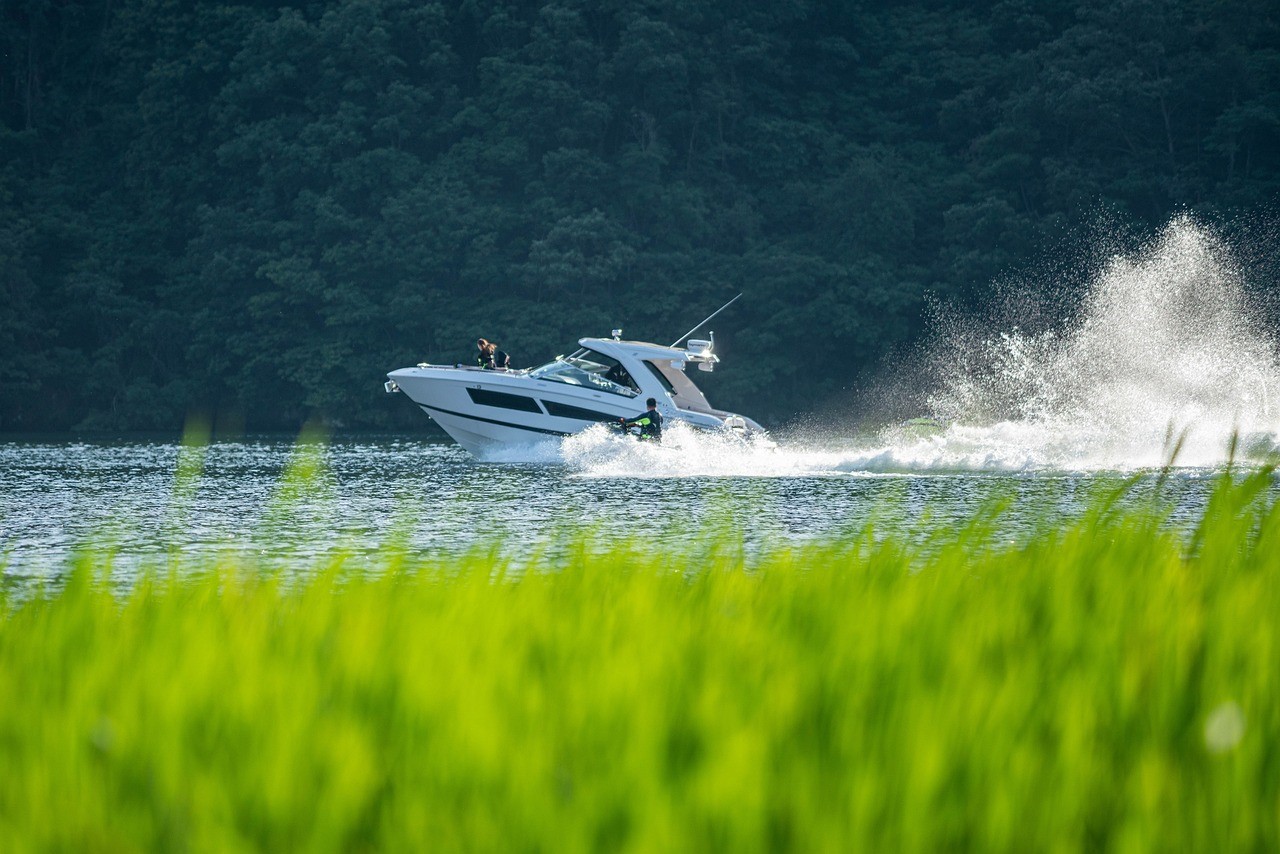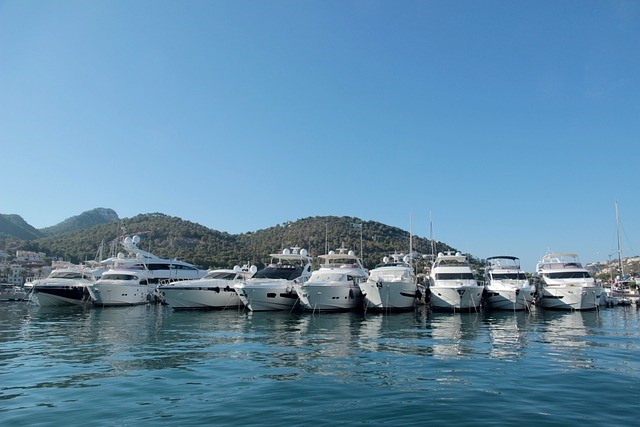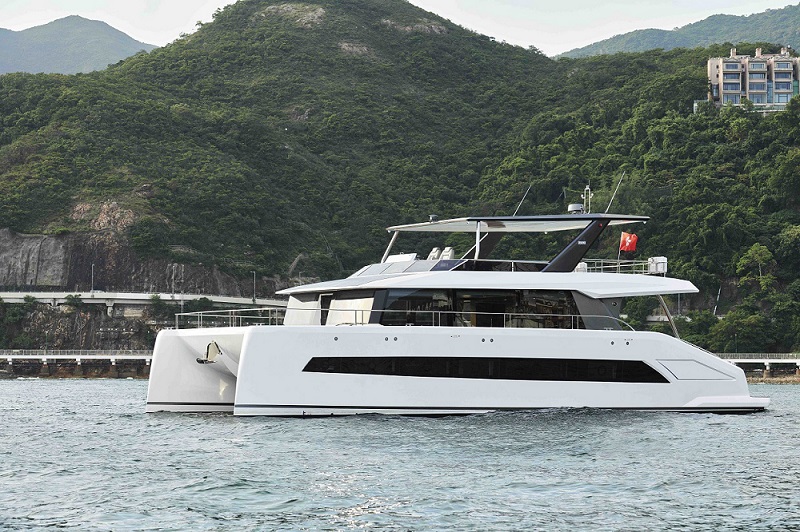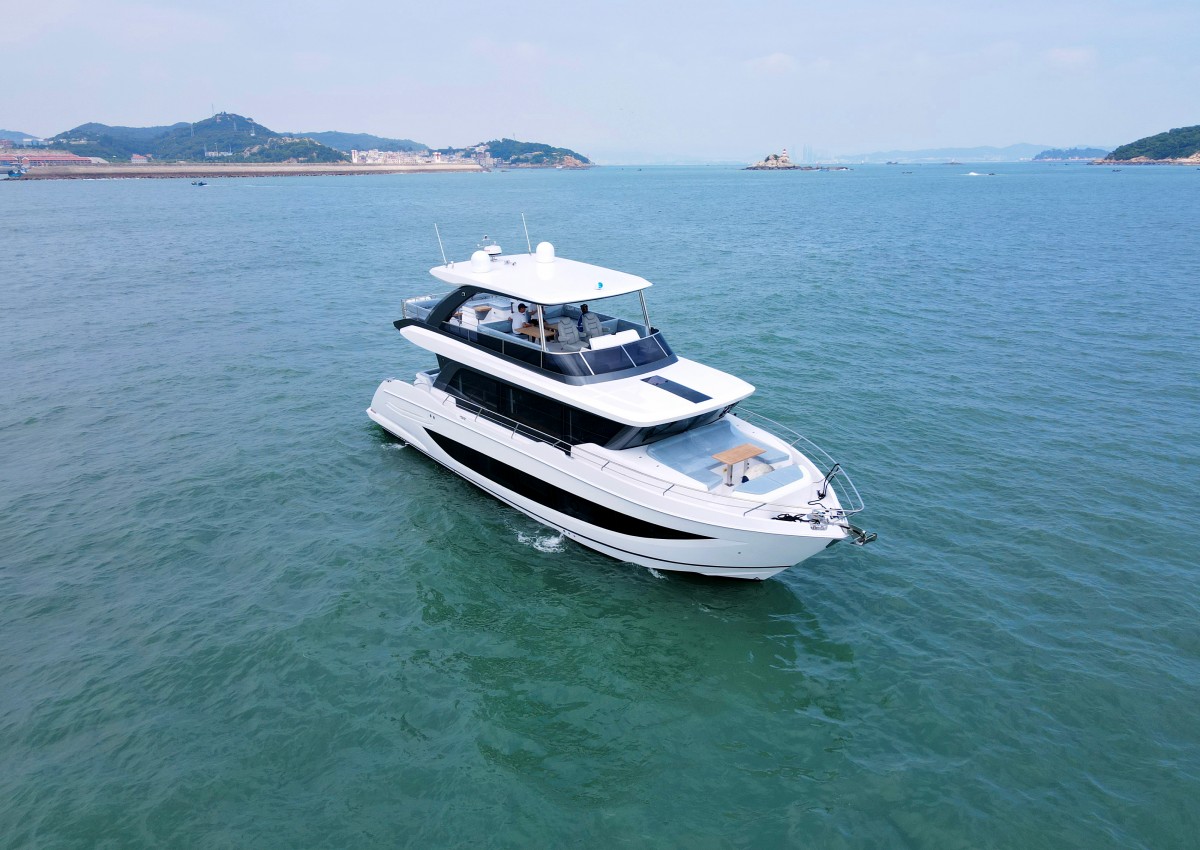Catamarans and monohulls are both very popular boats, but these two types of boats are designed differently and differ in terms of hull design, stability and safety. In this guide, we'll take an in-depth look at the hull designs of catamarans and monohulls and compare their design features to bring you up to speed on which hull design is safer.
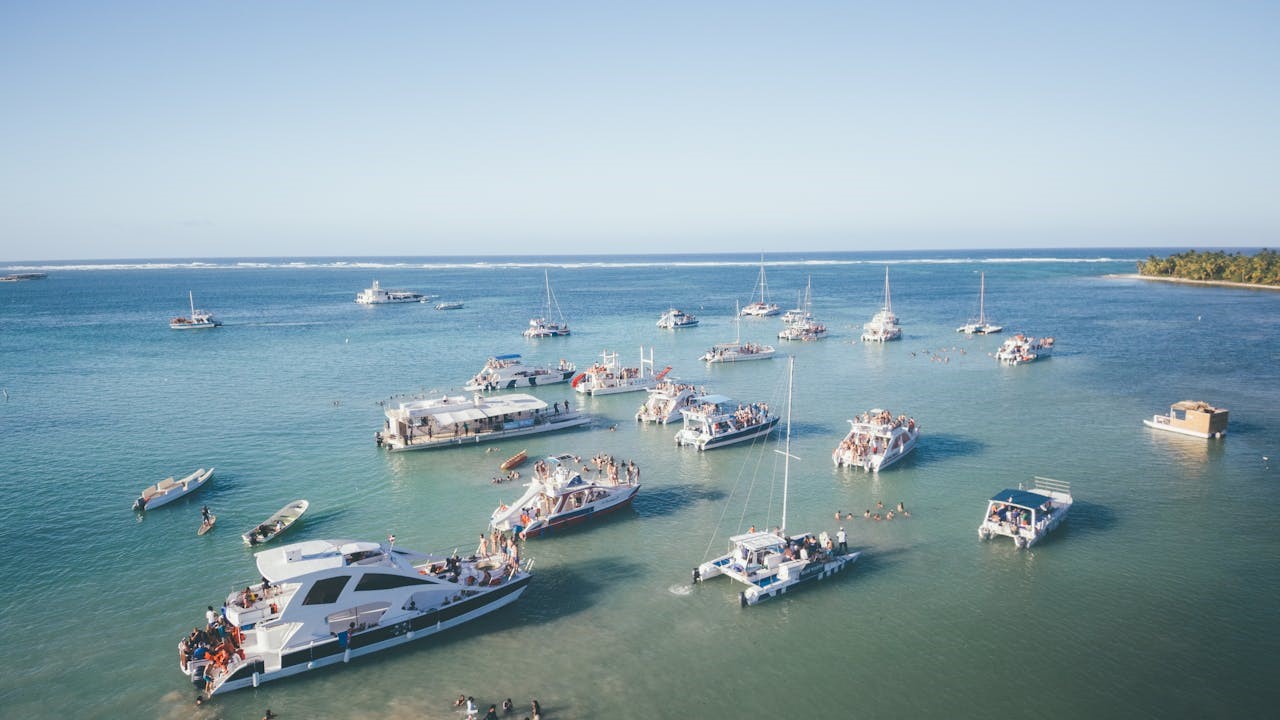
What is a catamaran?
A catamaran is a large vessel with two hulls. The earliest catamarans were made by the ancient Polynesians from two logs and a deck, and were mainly used for fishing and navigating around islands. Most of today's catamarans are made from innovative materials such as fiberglass, carbon fiber or steel. Most catamarans have two hulls and a deck, while some large catamarans are equipped with a cockpit and a passenger cabin.
In modern times, catamarans are mainly categorized into sailing catamarans and power catamarans. Sailing catamarans are suitable for day sailing and are sometimes rented to the public because they are less difficult to learn to navigate. Larger sailing catamarans are often used for public cruises, charters, parties, and long-distance cruising, and these sailing catamarans are generally equipped with separate engines inside each hull.
Power catamarans, often referred to as “power cats,” are equipped with an engine in each hull like large sailing catamarans, but power catamarans have larger engines than sailing catamarans. The smaller power catamarans are typically used for fishing, while the larger ones are used as ferries and charter boats.
What is a monohull?
A monohull is a relatively simple boat with a single hull. This unique design reduces the weight of the boat itself to a certain extent, but sometimes brings disadvantages, such as during high speeds, or when making turning maneuvers, the boat can easily sway from side to side and tilt to the other side. The bottom of the hull of a monohull is not monolithic, there are many shapes, it may be flat shaped or rounded, but the most common is still V shaped.
Compare and contrast the design features of catamarans and monohulls
Stability
With two hulls and a wide bottom, catamarans are stable on the water by effectively dispersing the effects of waves when traveling in rough water. Monohulls, on the other hand, are usually less stable than catamarans because they lack the structure of twin hulls that are farther apart.
Maneuverability
Catamarans are easy to maneuver while on the water, and some of the shorter sailing catamarans are often rented out to less experienced paddlers because of their wider bases and double hulls with motors for better maneuverability. Monohulls, on the other hand, are more difficult to learn to drive and are usually not as easy to maneuver.
Space
Catamarans are more spacious than monohulls; for example, a 50-foot monohull may have the same amount of space as a 40-foot catamaran. Also, not only do catamarans have spacious decks and interiors, but they may also be equipped with multiple staterooms with windows, giving them a space advantage over monohulls.
Size
Catamarans are generally huge, not only are they long, but they are also wide, and the double hull design results in an increased width of the boat. For catamarans, because of their large size, it is more difficult to find a suitable docking area, compared to monohulls, which are smaller and easier to find a suitable docking area.
Ability to cope with bad weather
Wind affects the degree of choppiness in the waters where catamarans sail. Catamarans are more difficult to sail into the wind and can easily hit the top of the waves in bad weather. The opposite is true for monohulls, which are usually able to sail into the wind in bad weather.
Self-righting ability
If a catamaran capsizes, it is usually more difficult to right itself, but under normal circumstances catamarans rarely capsize. Monohulls can usually right themselves if they capsize, but the internal machinery may be damaged.
Which hull design is safer?
Which is safer, a catamaran or a monohull? It depends on the specific sailing conditions. If you regularly sail close to shore and are less likely to encounter bad weather while sailing, then a catamaran is much safer. If you are in bad weather conditions like storms, a monohull may be a safer choice.







 Leave the comment
Leave the comment


